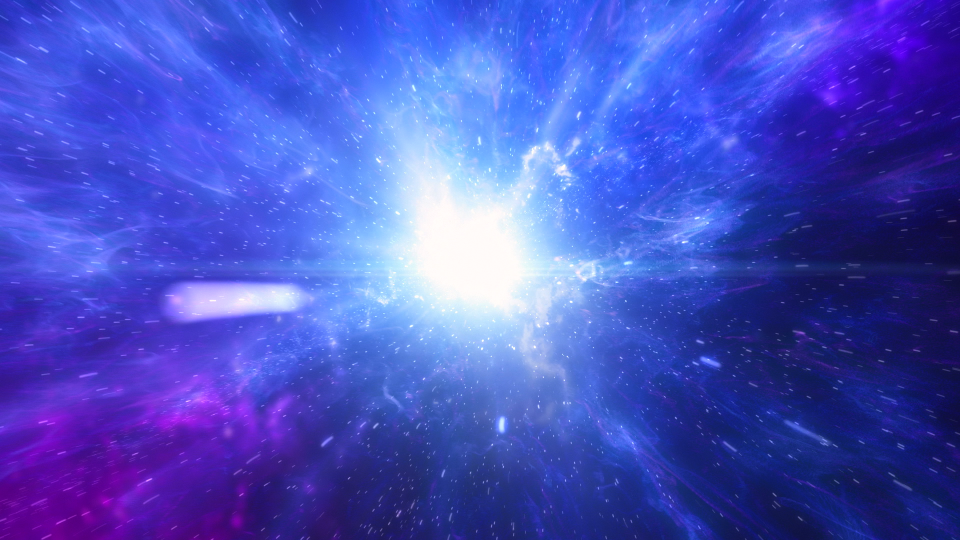We have some bad news about the future of the terrible wildfires in the Western U.S.

The flames scorching the Western U.S. aren't expected to relent anytime soon.
The National Oceanic and Atmospheric Administration (NOAA) gave its monthly U.S. climate report on Thursday, and they used the opportunity to show that the next couple of months are ripe for an enhanced fire risk out West.
SEE ALSO: The baking Pacific Ocean is changing the weather on the Southern California coast
After noting the exceptionally hot and dry conditions that stoked destructive wildfires so far this summer, Tim Brown, director of the Western Regional Climate Center, said in a press call that it won't be until after October that "we see a decline in significant fire potential."
A critical driver of this heightened fire potential is that trees, grasses, and shrubs, known collectively as fuels, are currently "flirting with all-time record lows for fuel moisture," said Brown.
Visible imagery from NOAA's #GOES16, along with its fire radiative power product, shows the explosive growth of #wildfires — ignited by #lightning strikes over the weekend — in #WashingtonState, including the #GrassValleyFire. pic.twitter.com/4hyxpVGR1J
— NOAA Satellites PA (@NOAASatellitePA) August 13, 2018
In short, hot temperatures and multiple heat waves this summer have parched the land to extreme levels, turning it to tinder. Meaningful rains can solve the problem, but they don't usually show up in many portions of the West until November.
What's more, the coming fall months have another potent fire factor that isn't usually seen in August: Strong offshore winds, blowing from the northeast.
Called "diablo winds" in Northern California, these gusts are hot, dry, and fast and have historically whipped up fires.
Case in point: The deadly firestorms that swept through Northern California neighborhoods last fall were stoked by October's diablo winds.
The smoke from the western North America #wildfires is moving eastward across the Atlantic Ocean, captured here by our #GOESEast satellite. More imagery: https://t.co/P1F11zXUHI pic.twitter.com/HsJh25vbvY
— NOAA Satellites (@NOAASatellites) August 14, 2018
On top of all this, Brown underscored that since 1895, there has been a trend in increasing temperatures at night, which ultimately won't allow fuels to cool off and recover.
"This can lead to longer fires and more smoke production," he said.
But in the last couple decades, "this trend has taken off," said Brown.
Taken alone, each of these environmental conditions can stoke fires, but taken together, they invite major flames.
Some of the largest fires in California history are burning through the ravaged state right now, and smoke from both the Western U.S. and Canada has traveled thousands of miles away to the Atlantic Ocean, actually engulfing a cyclone.
Just out: NASA global temperature for July. It was the 3rd warmest July on record after 2016 and 2017. Since July is the warmest month of the year, the past July was one of the warmest recorded months ever. Likely among the warmest months since the Eemian 120,000 years ago. pic.twitter.com/KGZXh5ZXOS
— Stefan Rahmstorf (@rahmstorf) August 15, 2018
Brown likened the profoundly parched vegetation in the West to a dying Christmas tree.
During winter, the tree might be wet and green, but as time passes and the leaves brown, it becomes an increasing flammable object.
And unfortunately, that's how we all should be thinking about the West right now.
WATCH: Ever wonder how the universe might end?


